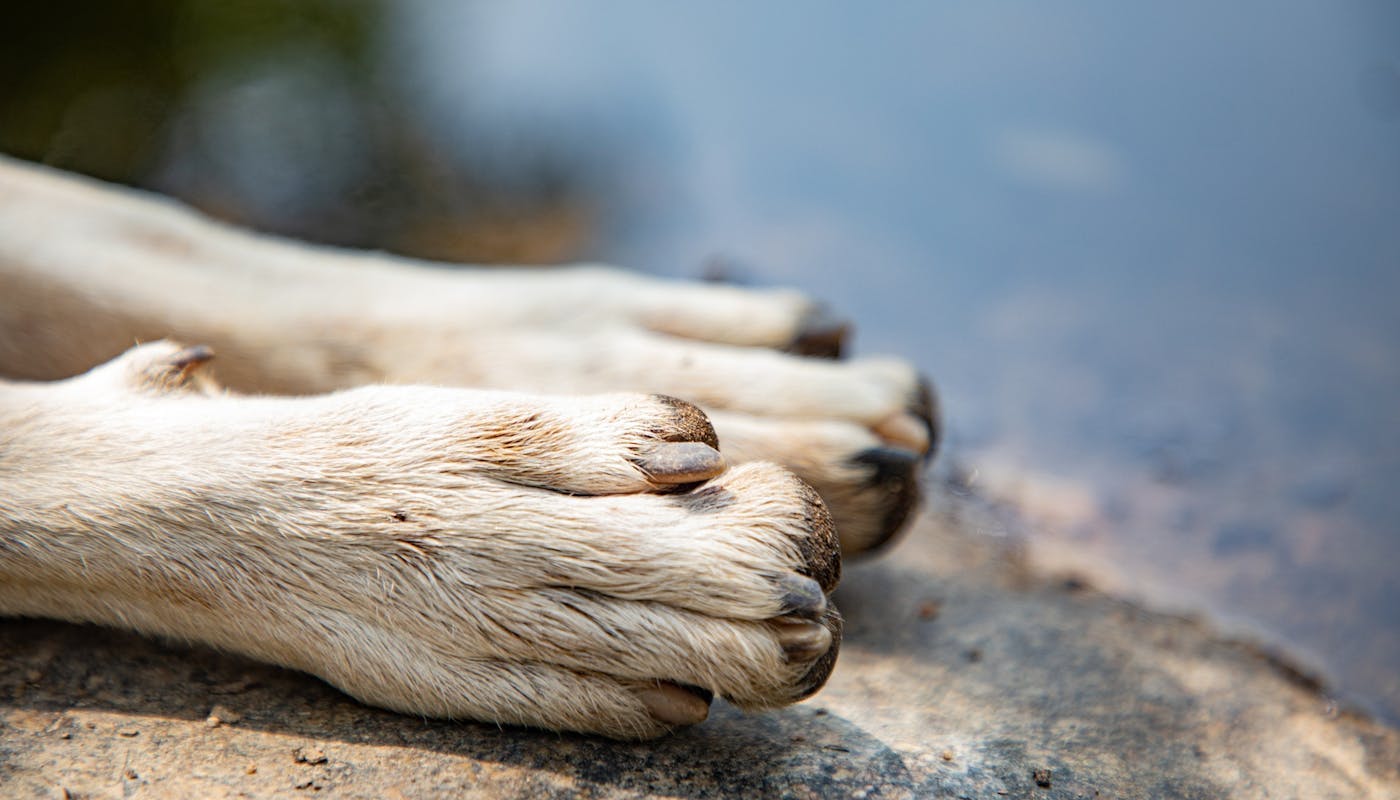What Are Dog's Dewclaws, And Why Are They There?
Dewclaws, the small ‘digits’ located higher up on a dog's leg, similar to a thumb on humans, spark curiosity and sometimes concern among pet owners. Unlike the rest of their paw pads that make contact with the ground, dewclaws seem somewhat out of place.
So are they merely vestigial parts, or do they serve a purpose for our canine companions? This article delves into the nature of dewclaws, their function, and the care they might require.
Understanding Dogs’ Dewclaws
Dewclaws are essentially the remnants of what might have been additional toes in our dog's ancestors. Most commonly found on the inside of the front legs, and sometimes on the hind legs, they don't touch the ground when dogs stand or walk. Their appearance and structure can vary among breeds, with some dogs having very pronounced dewclaws, while others might not have them at all.
The Purpose of Dewclaws
Despite their seemingly odd placement and lack of contact with the ground, dewclaws are not entirely useless. In certain breeds, especially dogs bred for activities like herding or hunting, dewclaws can provide extra stability and traction.
When running at high speeds or making sharp turns, the dewclaw can come into contact with the ground, lending some additional support. For some dogs, they also serve a role in holding objects, much like a thumb, and can aid in grooming by helping them get to harder-to-reach areas of the face and neck.
Dewclaw Care and Maintenance
Since dewclaws don't wear down naturally like the other nails, they can grow long and become ingrown or catch on things. This can lead to painful injuries, so regular trimming is essential. It's also important to check your dog’s dewclaws for any signs of infection or injury, especially if your dog is active and enjoys more vigorous play or outdoor adventures.
Should My Dog’s Dewclaws Be Surgically Removed?
The decision to remove a dog's dewclaw is often made by breeders early in a puppy's life, particularly for breeds where they are more loosely attached. In these cases, the dewclaws might pose a higher risk of getting snagged or injured.
However, the removal of dewclaws, especially when done later in life, is a surgical procedure that should not be taken lightly. If you want your dog’s dewclaws removed, consult with a veterinarian to understand the risks and benefits. They can help you to consider factors like your dog's breed, lifestyle, and the dewclaw's attachment and location.
While it might be tempting to dismiss dewclaws as unnecessary or problematic, it's important to appreciate their natural role in a dog's physiology. In breeds where dewclaws have a functional purpose, they should generally be preserved as part of maintaining their natural abilities and contributing to their wellbeing. Pet owners should understand and respect the natural design of our pets so that we can better provide them with the care they need to ensure their health and happiness.
